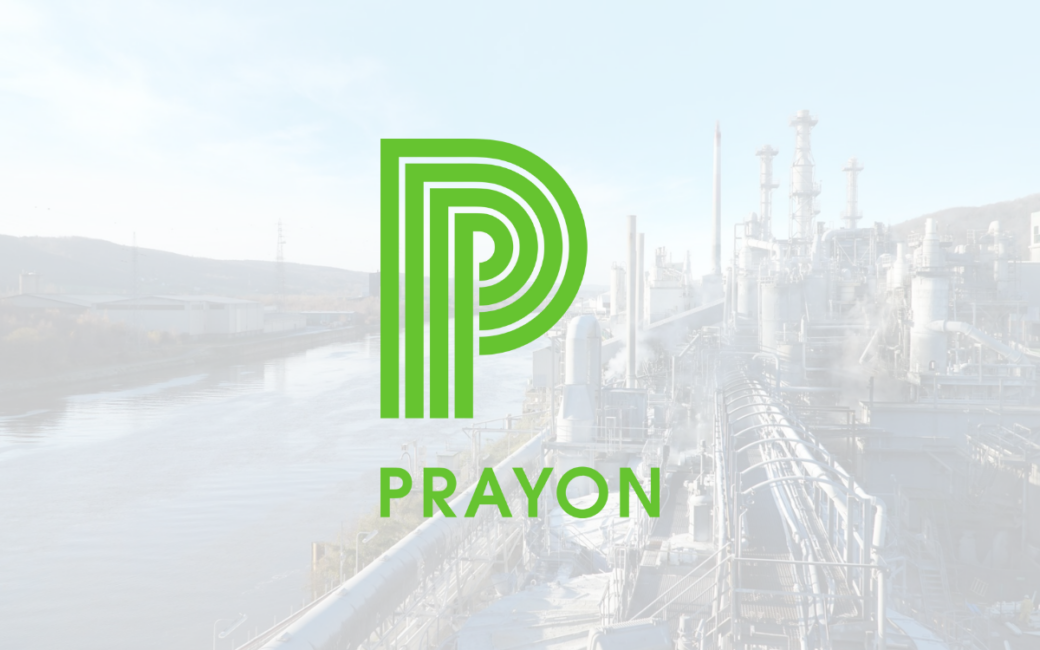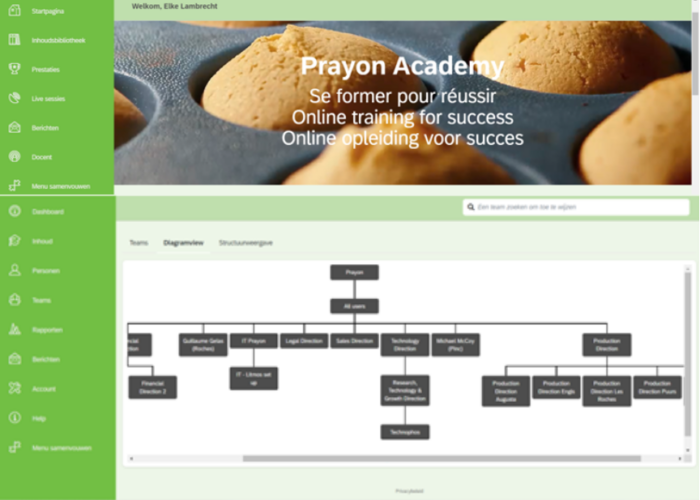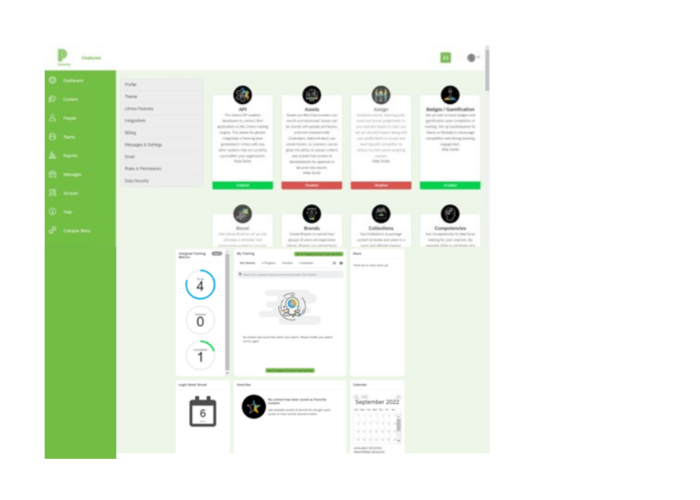Prayon Academy, online training for success via a learning management system

Customer
PrayonLocation
Engis, BelgiumTechnology used
Litmos, SAP Enable NowAbout our client
At Prayon, Phosphorus chemistry is at the core of everyting they do. Their focus lies in the advancement of streamlined processes, safeguarding precious resources, and nurturing a thriving circular economy.
Why did Prayon choose Litmos?
Prayon’s ambition was to implement an active learning culture within the company. To achieve this, they wanted to set up a user-friendly learning management solution that could be used by all Prayon employees.

- The usability of the learning platform, the UX design makes the use of Litmos very intuitive. This should ensure that employees can easily find the desired training courses and are motivated to follow them.
- The possibility to closely monitor all activities on the platform by the various team leaders within Prayon. Litmos keeps you up to speed with your users by receiving real-time notifications of activity from your teams and learners.
- Since Prayon has plants in Belgium, France, Switzerland and the US, online training is an efficient digital way to deliver training to their employees in multiple languages.
- The solution is future-proof, Prayon wants to expand the LMS to include learning tracks, modules, and courses for business- and soft skill trainings. Therefore, we provided training so that people within Prayon can operate the learning platform fully autonomously.
Challenge & Scope
- Setup of a user-friendly learning platform that sufficiently challenges and motivates users to follow the courses
- Implementation of content in 3 different languages
- Setup of a structured organizational chart of the more than 1000 employees within Prayon
- Training the Prayon project team so that in the future they can upload content themselves, add learners to trainings and maintain standard or customized reports
- Project management based on the Amista ZEN Best Practices
- Implementing the learning management solution Litmos
- Implementing content to Litmos
- Training and support of the Prayon Project Team
- Technical integrations with 3rd party applications the API framework of Litmos
- Integration with SSO of the contracting authority
Solution
ZEN BEST PRACTICES
At Amista, we find it crucial to start a project by developing a clear learning strategy. Over the years, Amista has developed its own model for setting up learning projects and implementing learning management systems, being the ZEN Best Practices. Our model has the following features:
- It’s a set of project accelerators
- It uses recognized learning models
- It is based on our practical experience with learning projects
- It ensures the quality and predictability of the project
The ZEN Best Practices start from the ADDIE model as the basis for implementing a learning management system.

This model consists of several phases that are completed chronologically and where each step produces a result that feeds the next step. At the same time, ADDIE allows flexibility in improving the process. Each phase consists of the components that are necessary for the successful implementation of the Learning Management Solution.
1.Analysis
We planned several workshops and follow-up meetings with the Prayon project team to gather, discuss and present information.

2. Design
In this phase, we focused on defining important components of the platform:
- The layout of the learning portal and its brands
- The style (in collaboration with the Marketing and Communications department so that we used the right logos, colors, fonts, etc. linked to the corporate branding)
- The structure of the platform per organization/department/process
Meanwhile, Amista’s technical team devised the technical integrations with internal and external suppliers.

3. Develop
In this phase, the learning management system was set up. We configured Litmos according to the agreements made.
Content around cybersecurity was integrated into Litmos in different languages. The various learning modules, courses, learning paths and collections were made available for an initial testing phase.
The technical team took care of integration with the contracting authority’s SSO.
4. Implement
During the implementation phase, we continued to set up the productive system, including the content.
Prayon organized several test waves in which the functionalities of the platform were extensively tested by Prayon’s key users.
Finally, the users and SSO had been activated and the necessary onboarding communication was automatically sent out via the learning platform to all employees.

5. Evaluate
As soon as the platform was ‘live’, it was important to monitor whether the platform is being used by the end users.
In Litmos, there are standard reports that allow (internal/external) users to be tracked, step by step in their learning journey.
In addition, this also brings insights into which content is more relevant than others. It is then up to Prayon’s training coordinator to intervene where necessary.
To help Prayon with the monitoring, Amista has developed a weekly custom report depending on the needs of Prayon. Next to that, a standard survey can be used to collect the feedback of the end-users about the platform.
The collaboration with Amista was very smooth and we appreciated their proactivity in helping us solve issues with the implementation of our LMS.
Benefits
What are the benefits of implementing a Learning Management System?
- It makes the logistics around training (providing course material, tracking, and evaluating) much easier.
- Providing employees with the right knowledge and skills at the right time to develop the necessary competencies.
- An all-in-one system for employees. They only need to be in one place for everything related to their development. This creates an effective learning environment, making learning accessible and employees more motivated to study.
- An all-in-one system for HR or L&D. All training data and info of each employee is centralized in one platform. This results in a clear overview and control of the employee’s learning process. In addition, you get immediate insight into the success of a particular training course.
Results (ROI)
- Fewer travel expenses
- Lower administrative and in-house-training costs
- Less resources required
- Less data maintenance costs
- Less time spent on onboarding
- Cut down on employee turnover
- Increasing employee’s knowledge and skills
- Optimizing employees’ time and productivity
- Boosts employee satisfaction
- Better adoption of innovative solutions
- Supports change management
- More focus on high-level strategy
Inspired by this case?
Do you want an active learning culture within your company?
Contact us and discover how your organization can benefit from digital learning!
